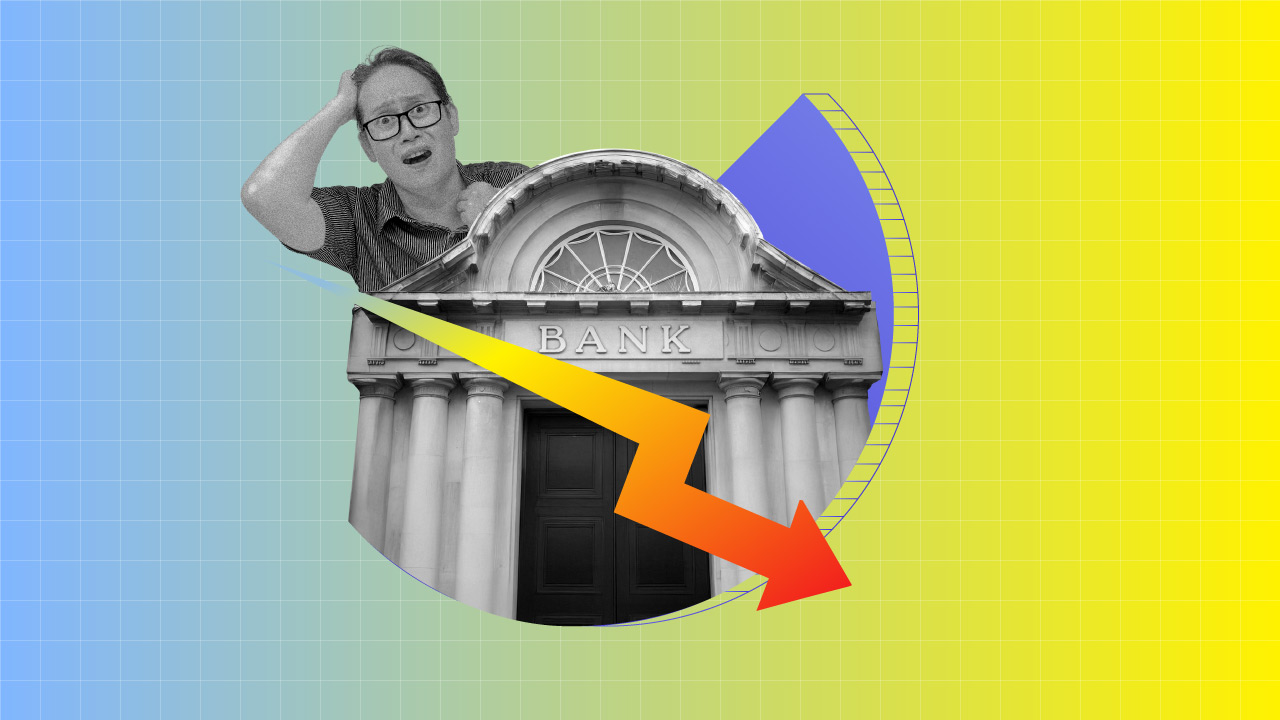
The Unit Trust of India (UTI), established in 1964, was a symbol of financial security for millions of Indians, channeling savings into industrial growth . Backed by the government, UTI enjoyed immense public trust. However, this image was shattered in 2001 when its flagship scheme, Unit Scheme 1964 (US-64), collapsed, resulting in an estimated loss of ₹4,800 crore and a profound crisis of confidence in India’s financial institutions [User Query, 8]. This event exposed regulatory weaknesses and triggered crucial reforms in the Indian mutual fund industry . The 2001 UTI scam serves as a cautionary tale about mismanagement, regulatory oversight failures, and the devastating consequences of betrayed public trust .
The Rise and Fall of US-64: From Flagship Scheme to Fiasco
Unit Scheme 1964 (US-64), UTI’s first offering, quickly became its most popular, promising stable returns . Initially focused on debt, US-64 gradually increased its equity exposure for higher returns, coinciding with market volatility . By the late 1990s, warning signs emerged with depleting funds and redemptions exceeding sales . The scheme’s Net Asset Value (NAV) also declined between 1995 and 1999 . Despite these indicators, UTI managed over ₹76,000 crore in assets by March 2000 . The shift towards riskier equity investments, coupled with early investor unease reflected in rising redemptions, indicated a growing problem that was not adequately addressed by UTI management .
A Timeline of Disaster: Key Events Leading to the 2001 Crisis
The UTI scam unfolded through a series of critical events. The late 1990s saw declining NAV and increasing redemptions for US-64 . In 1999, the government provided a ₹3,300 crore bailout . Criticisms of “dubious investments” and “collusion with brokers” escalated in early 2001 . The crisis peaked in July 2001 when UTI froze the sale and purchase of US-64 units, trapping investors and sparking public outrage . Protests followed, and the government formed a Joint Parliamentary Committee (JPC) to investigate the UTI debacle and the related Ketan Parekh scam . The Tarapore committee report in January 2002 reportedly exposed questionable deals . However, a May 2003 Action Taken Report revealed a lack of action against implicated officials . As a long-term solution, the Unit Trust of India Act of 1963 was repealed in February 2003, bifurcating UTI into the Specified Undertaking of the Unit Trust of India (SUUTI) and UTI Mutual Fund Ltd., regulated by SEBI . This timeline highlights a pattern of escalating issues and a potential link between the UTI crisis and market manipulation .
| Year | Month (if applicable) | Event Description |
| 1998 | – | Early signs of trouble with US-64: declining NAV, increasing redemptions |
| 1999 | – | Government bailout of ₹3,300 crore for UTI |
| 2001 | Early | Continued criticisms of “dubious investments” and alleged “collusion with brokers” |
| 2001 | July | UTI freezes sale and purchase of US-64 units |
| 2001 | August | Youth Congress holds massive protest against the UTI scam |
| 2001 | August | Government sets up a Joint Parliamentary Committee (JPC) to investigate the scam |
| 2002 | January | Tarapore committee report exposes deals behind the US-64 crisis |
| 2003 | May | Government’s Action Taken Report shows lack of action against accused officials |
| 2003 | February | Repeal of UTI Act and bifurcation of UTI into SUUTI and UTI Mutual Fund Ltd. |
Unraveling the Scam: Reckless Investments and Mismanagement
The UTI scam stemmed from reckless investment decisions and mismanagement . UTI engaged in “dubious investments” and speculative stock market transactions, deviating from its goal of promoting domestic savings for industrial capital . Heavy investments in a few volatile stocks led to significant losses. Allegations of “collusion with brokers” and a nexus with “unscrupulous stock market brokers” suggested insider trading and market manipulation. Lack of proper fund management and internal controls, secret investment decisions, and non-disclosure of US-64’s NAV further exacerbated the crisis . Political pressure to support the declining market also contributed to the erosion of UTI’s portfolio value. The concentration of investments, alleged collusion, and lack of transparency were key factors in the scam.
The Role of Regulatory Failures: Gaps in Oversight and Accountability
Regulatory failures significantly contributed to the UTI scam. Notably, the 1993 Mutual Fund Regulations initially excluded UTI. While SEBI was formed in 1988 and gained statutory power in 1992, UTI’s older schemes like US-64 were not fully under its purview until later . This regulatory gap allowed mismanagement to persist . The JPC report highlighted a “persistent and pervasive’ failure of key regulators” , and SEBI was criticized for being “toothless and spineless”. UTI’s operation under the “substantial control of the ministry of finance” raised concerns about potential conflicts of interest. Delays in taking action against those responsible further demonstrated regulatory weaknesses . The initial exemption from regulations and the perceived weakness in SEBI’s enforcement created vulnerabilities.
Market Meltdown: The Immediate Impact on the Indian Stock Market
The UTI crisis had an immediate negative impact on the Indian stock market, worsening investor sentiment already affected by the Ketan Parekh scam . Freezing redemptions in US-64, a major scheme holding public savings, triggered a “crisis of confidence”. Investors became wary of mutual funds and the stock market . The timing alongside the Ketan Parekh scam amplified this negative sentiment . UTI’s financial troubles and potential asset liquidation could have further depressed stock prices. The crisis highlighted vulnerabilities within the Indian financial system .
Erosion of Public Trust: Shattered Confidence in Financial Institutions
The UTI scam severely eroded public trust in financial institutions, especially government-backed ones . Millions of small investors in US-64 felt betrayed by the freezing of redemptions and revelations of mismanagement. The failure of a seemingly safe, government-backed institution had a profound impact. The reputation of the entire mutual fund industry suffered. This loss of confidence had long-term implications for investment behavior .
The Aftermath: Reforms and a Stronger Future for Mutual Funds
The UTI scam spurred significant reforms in the Indian mutual fund industry to prevent recurrence and restore investor confidence . The government bifurcated UTI in February 2003. UTI Mutual Fund Ltd. was created under SEBI’s strict regulations, ensuring greater transparency . Earlier, the Deepak Parekh Committee in 1999 recommended restructuring US-64 and improving fund management. SEBI strengthened regulations, bringing all mutual funds under its purview . Enhanced transparency and disclosure norms were implemented, including standardized Scheme Information Documents and frequent portfolio disclosures. Investor protection measures were also improved. By 2001, the Indian mutual fund industry was already becoming globally transparent . The bifurcation of UTI and increased regulatory oversight were crucial steps in rebuilding trust .
Key Takeaways and Lessons Learned
The UTI scam highlighted the dangers of reckless investments, regulatory failures, and lack of transparency . Causes included speculative investments, alleged collusion, and inadequate regulatory oversight . The impact included a decline in investor confidence and eroded public trust . However, the crisis led to crucial reforms: restructuring UTI, strengthening SEBI’s regulations, and emphasizing transparency and investor protection . The lessons underscore the importance of strong regulation, transparency, accountability, and investor awareness .
Conclusion
The 2001 UTI scam was a pivotal moment in Indian finance, exposing systemic vulnerabilities. While causing significant financial losses and damaging public trust, it ultimately led to a more robust and regulated mutual fund industry. The reforms implemented have enhanced transparency and investor protection. The UTI scam remains a critical reminder of the need for vigilance, strong regulation, and ethical conduct in financial markets.







